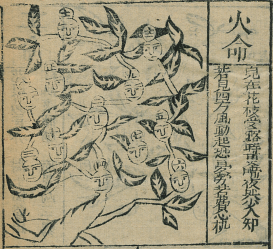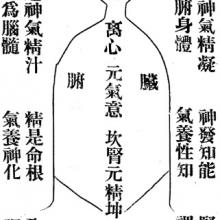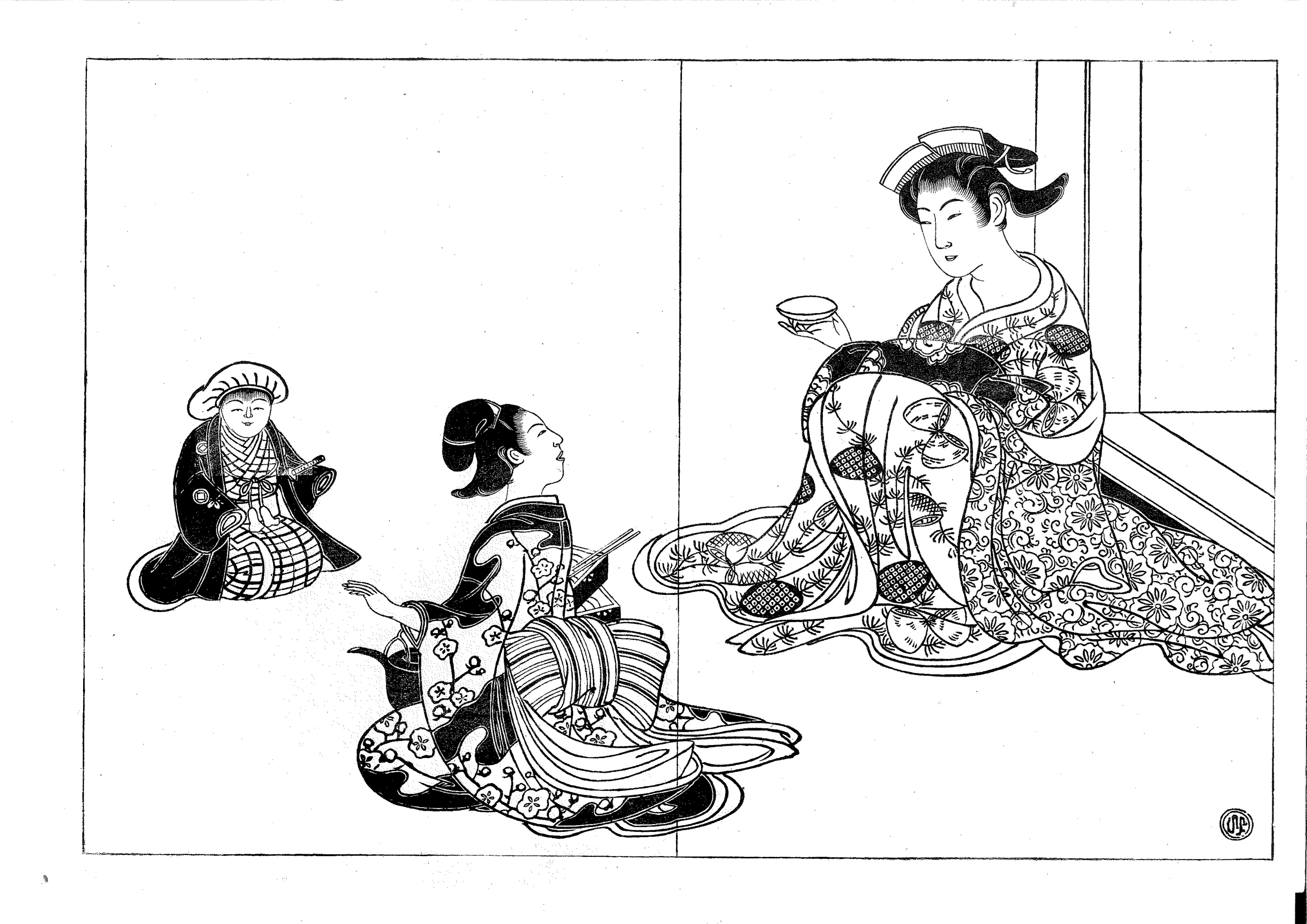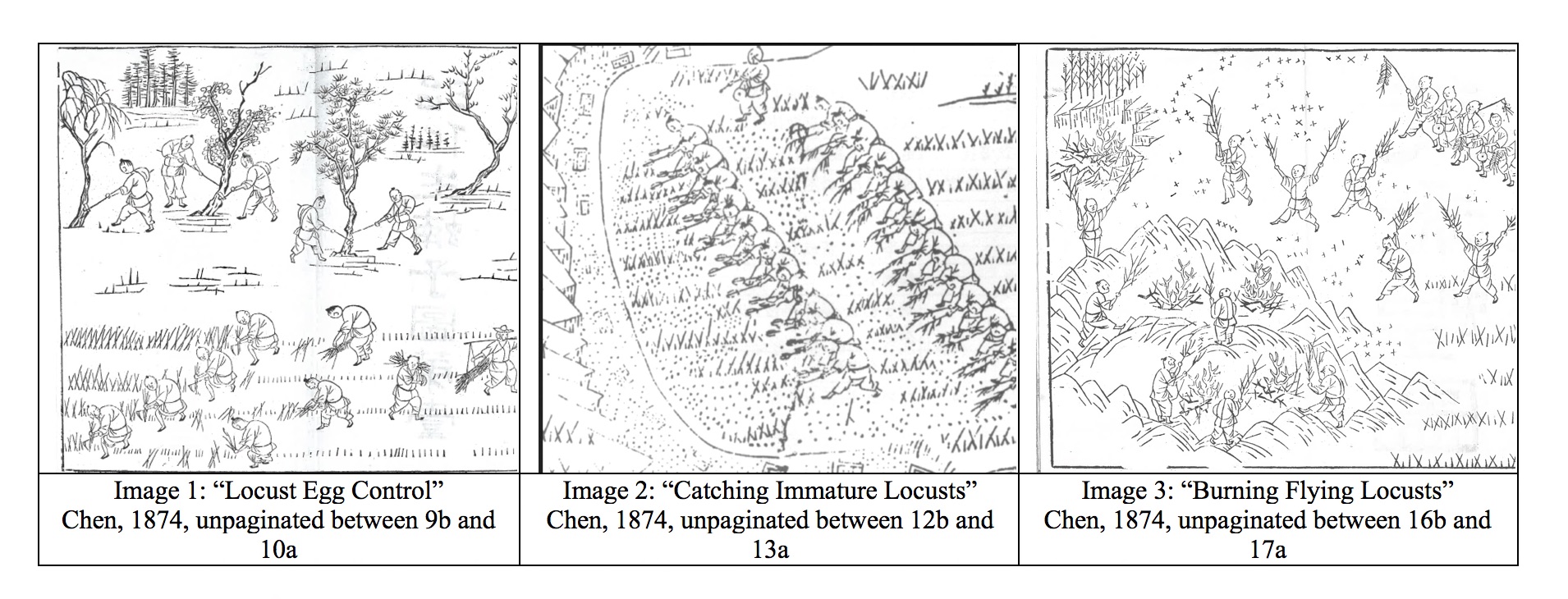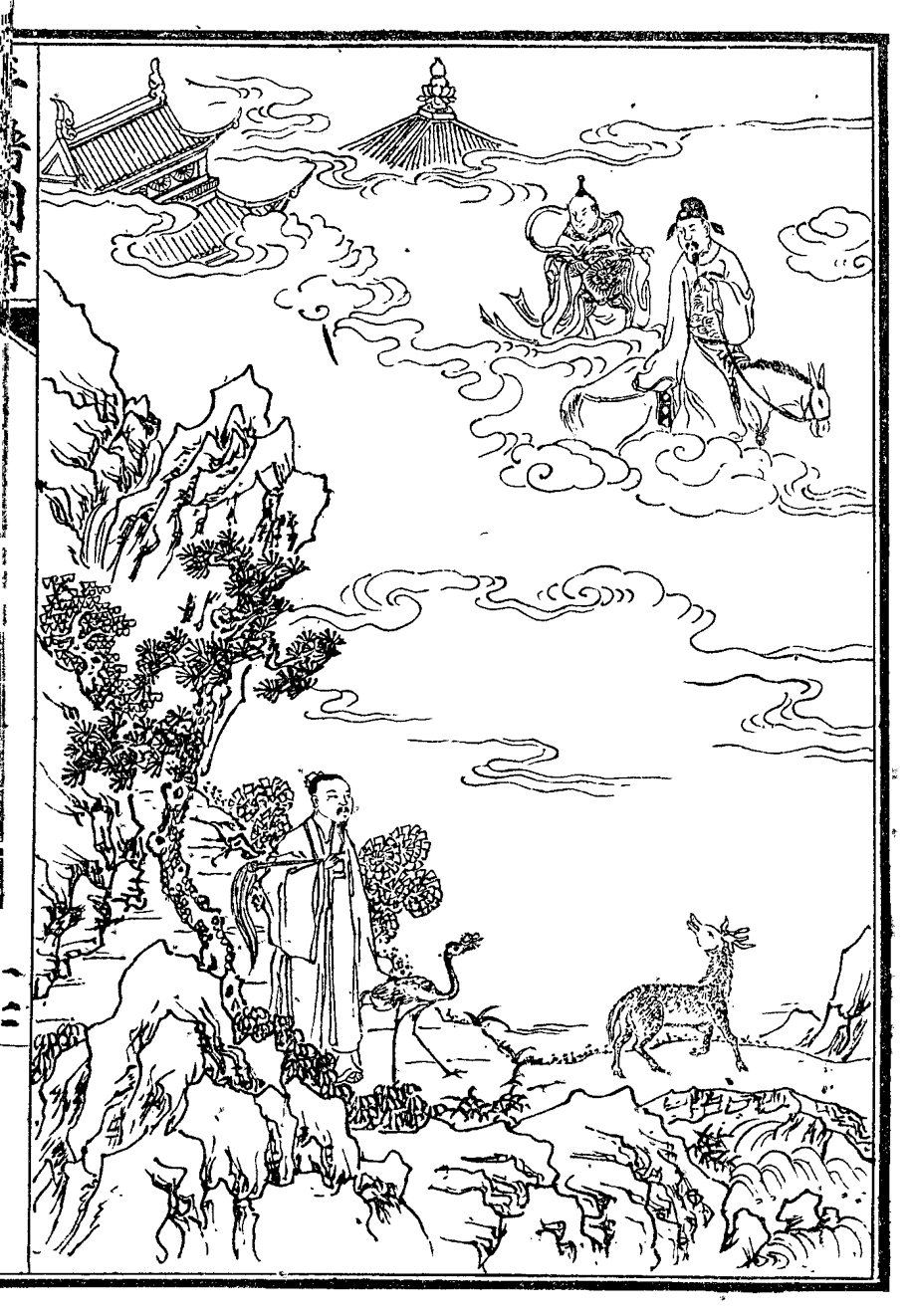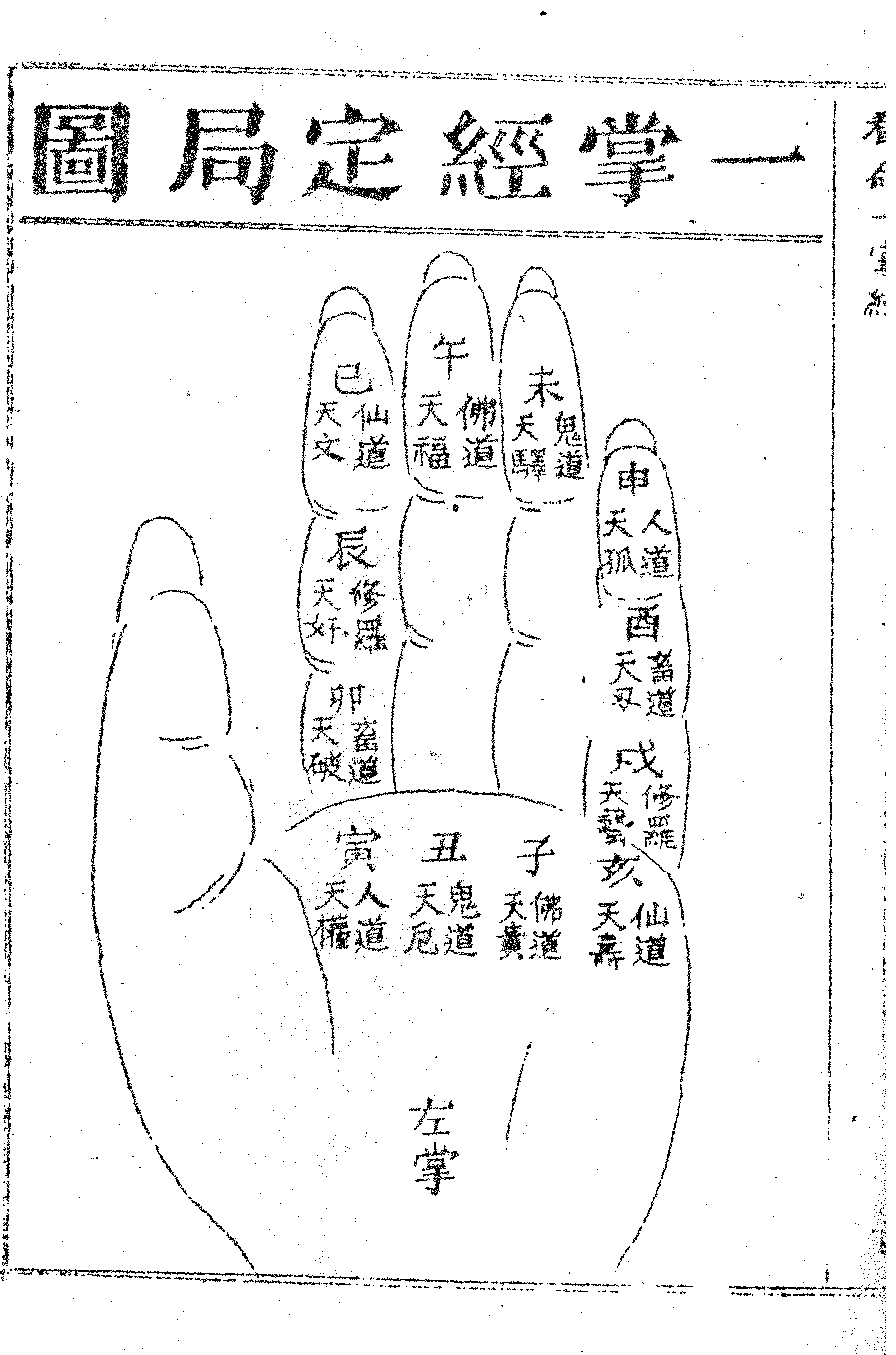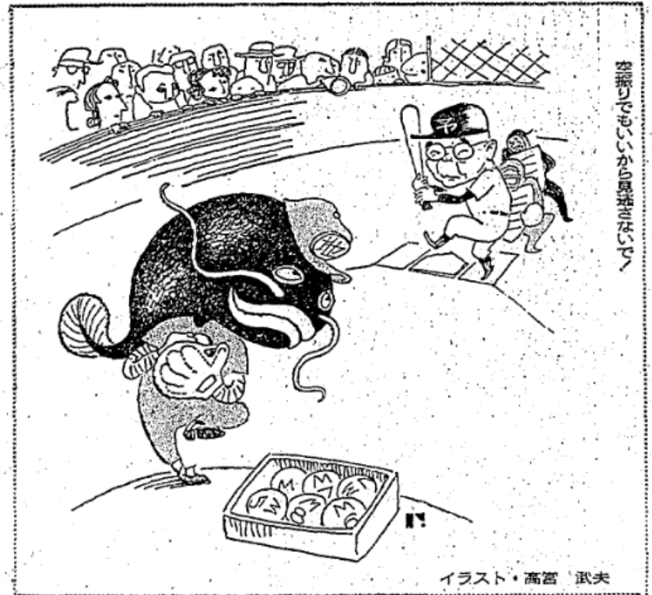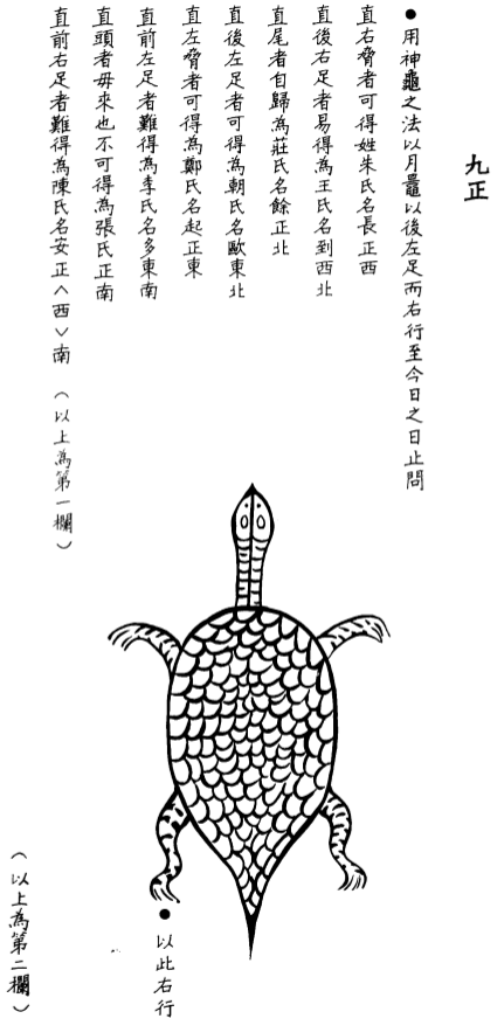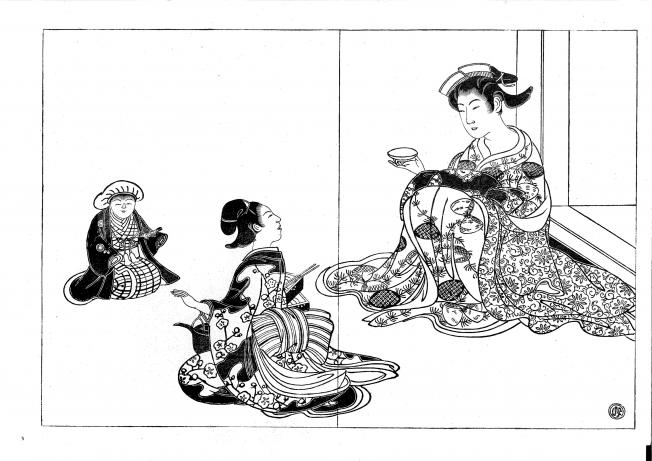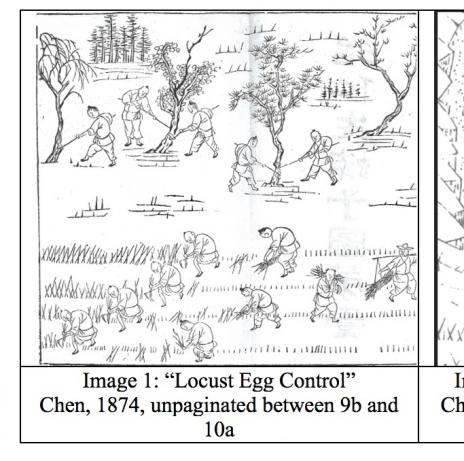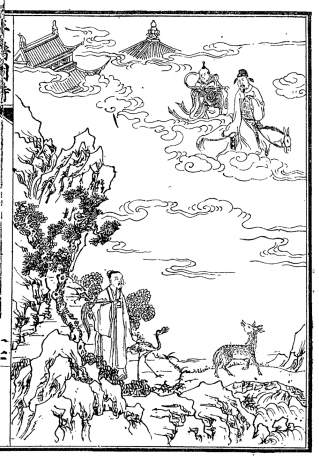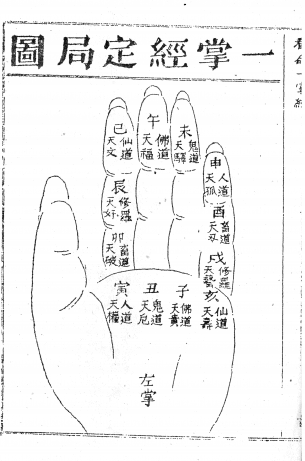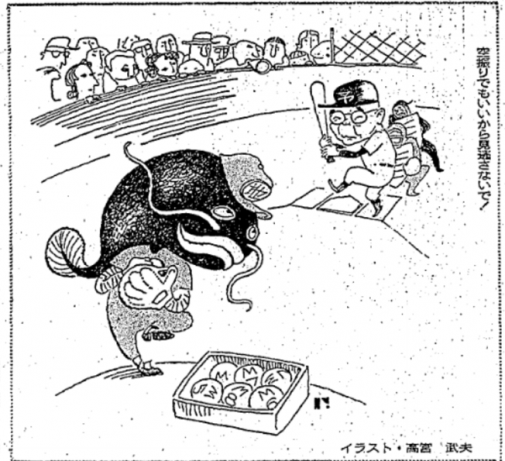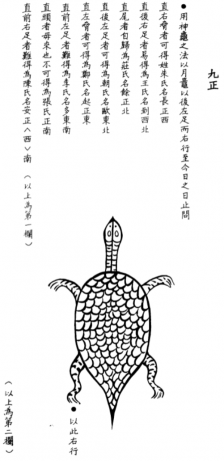Tackling ideas of uncertainty and not-knowing has produced a variety of ways of modeling and reasoning material and intellectual cultures in Asian cultures throughout history. This project focuses on the varied methods and rationalities, as well as material tools, that actors employed when planning and predicting nature, matters of state, and their own lives. From weather forecasts to earthquake predictions, from daily tasks to the future course of society and state, material means and visual representations were used with the aim of facilitating the decision process by making the unknown and uncertain easier to grasp.
The project invites comparisons of the rationalities of knowing and not-knowing that informed diverse historical cultures of Asia. What are the similarities and differences between the ways in which actors materialized and visualized what was yet to be known and what had been experienced or accepted as facts? Are factual knowledge and divinatory result irrevocably bound up with the processes from which they are produced? How do people legitimize the process of divination and acquisition of factual data? Does standardization impact on validity? What role does the visual play both as an explanatory tool and for the validity of the practice?
This project is a cooperation between the Max Planck Institute for the History of Science, Berlin (Department III, Artifacts, Knowledge, Action, Director: Prof Dagmar Schäfer) and The International Consortium for Research in the Humanities "Fate, Freedom, and Prognostication—Strategies for Coping with the Future in East Asia and Europe" at the Friedrich-Alexander University Erlangen-Nuremberg.

